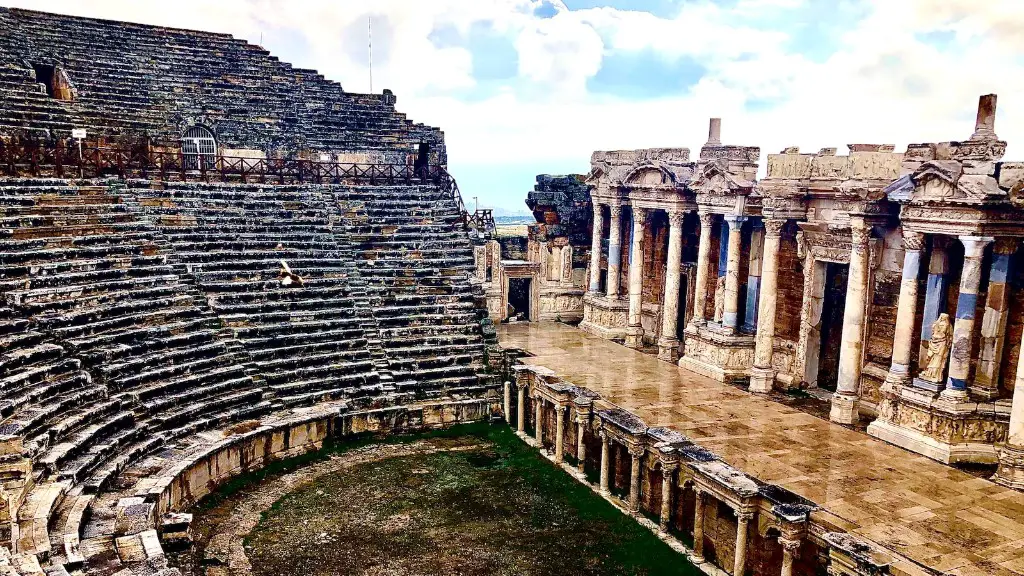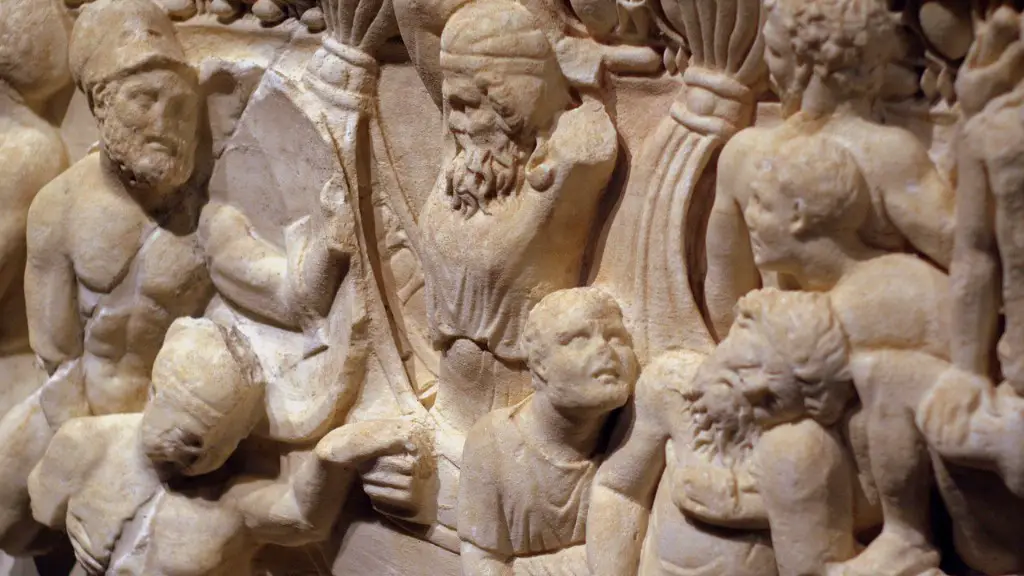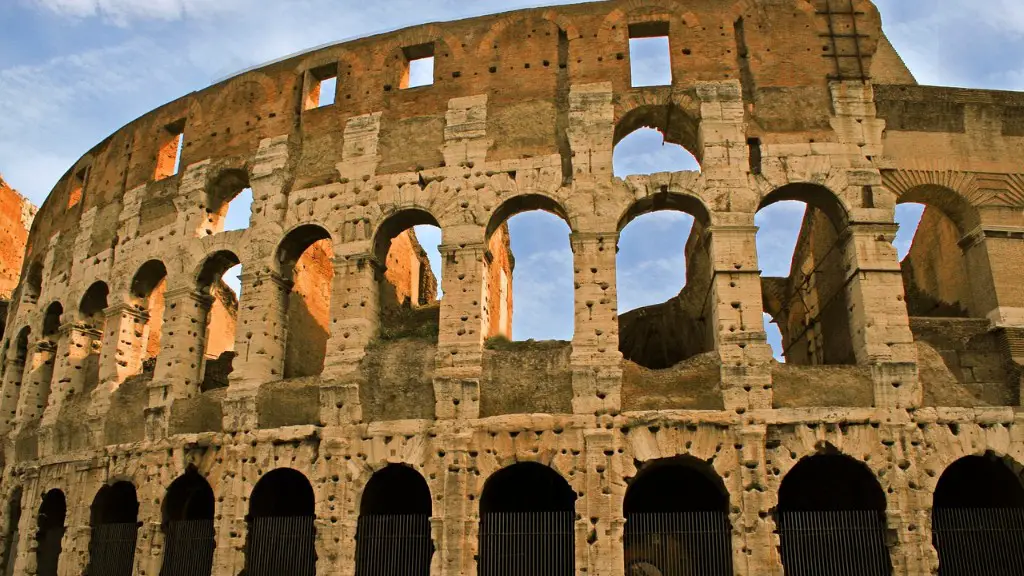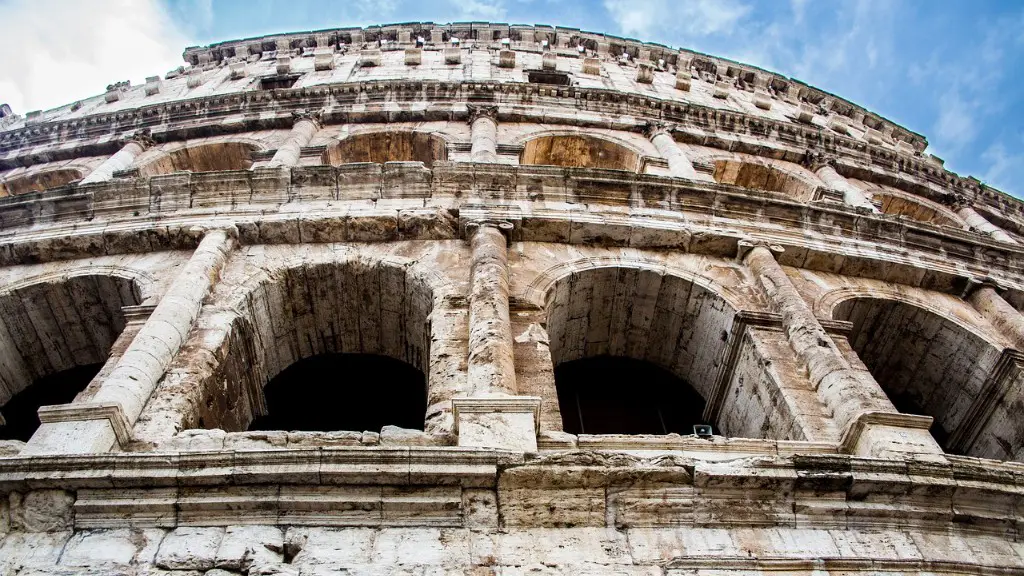Cohort in ancient Rome was an organisational structure of soldiers, typically made up of six centuries of 80 men each. This article will provide an in-depth understanding of how this system was used in ancient Rome and it’s relevance from ancient to modern times.
Background of Cohorts in Ancient Rome
The term “cohort” (Greek kohortes) originated in Latin military usage as a cohort, a unit of around 300 soldiers. A legion was composed of 10 cohorts, and each cohort, in turn, was composed of 6 centuries, each being 80 men strong, divided into 10 units of 8 men. As the span of time of Roman history is so large and diverse, cohorts in ancient Rome could vary in numbers and according to the period.
The cohort was probably the ultimate unit of the Roman regular army, maintained on a permanent basis. It provided the core manpower of the Roman army and typically had the same roles and obligations as the traditional citizen infantry. In addition, cohorts had a standing military police force which was deployed to ensure order in the city or region.
In the classical period, cohorts formed the primary administrative structure of provincial Roman armies and were garrisoned in provincial bases or outposts. Several cohorts would be combined to form larger field armies. In the latter part of Roman history, however, the cohort began to take a more independent role, as most Roman armies were deployed over wide areas and could not be so easily divided into administrative units.
Function of Cohorts in Ancient Rome
Cohorts in ancient Rome performed various duties, such as policing and garrisoning cities, providing security and protection, defending borders and carrying out military expeditions. The cohorts were also responsible for taxation and collecting tribute, controlling roads and fortifying border posts.
They were also part of the Roman judiciary system, ensuring the enforcement of laws and ensuring a peaceful civil society. Cohorts acted as a social guarantor, wherein any rascal was brought to the attention of the centurion and it was the centurions duty to bring justice to the people.
Cohorts were also used as a form of propaganda, to demonstrate the power and strength of the Roman Empire. Cohorts were often depicted on coins, in works of art and in triumphal processions, to portray Rome as a powerful empire.
Relevance to Modern Times
The concept of the cohort in ancient Rome remains relevant today, as it is used for a variety of tasks. In the military context, it is used for patrol, deterrence, control and operations in regional theaters. The cohort has also been adapted to social contexts, such as prisons, where administrators use the cohort model to maximize human interaction.
The system of cohort-level command has been reconfigured as a strategy for increasing performance in business and other organizations, with the goal of increasing organizational effectiveness. The cohort system also provides an effective social structure for young people, incorporating educational, recreational and health and fitness activities.
Implications of Cohorts in Ancient Rome
The cohort system in ancient Rome had significant implications, particularly in terms of military power. The system enabled the Romans to rapidly mobilize large numbers of troops when needed and deploy them effectively. It provided a reliable and disciplined force that was capable of responding to threats and taking decisive action. This gave the Romans a distinct advantage over their enemies, as the system could respond quickly and in large numbers to any threat or invasion.
The cohort system also had important implications for the Roman economy. The wages of soldiers were paid by contributions from the citizens, and by taxes. This enabled Rome to maintain a large and well-trained army, which defended the citizens from external threats and allowed Rome to expand their empire.
Analysis of Cohorts in Ancient Rome
The cohort system in ancient Rome was a remarkably effective system that enabled the Romans to maintain a large and powerful army. It enabled them to quickly respond to threats and provide a disciplined and effective fighting force. The system also enabled the Roman economy to prosper, as soldiers were paid for by taxes and contributions from citizens. From an administrative standpoint, the cohort system also provided a very effective way of managing the large and diverse Roman Empire.
Overall, the Roman cohort system was a crucial element in the success of the Roman Empire and its legacy still stands. Although the form of the cohort system may have changed since the days of ancient Rome, the concept of the cohort system remains relevant in the modern world, providing social structures and effective management models.
Comparison to Other Empires
The cohort system in ancient Rome was one of the few systems of its time. There was no other comparable system in other empires around the world and it is a testament to the ingenuity and ingenuity of the Roman system. Although other Empires may have had some analogous systems, none were as effective and well organised as the Roman cohort system.
In comparison, the Chinese military system had a unit of 5-10 men called a jin. This unit was not as effective as the Roman cohort, as it was much less disciplined and did not have the cohesive structure or leadership in place to effectively manage large numbers of troops. In addition, the Chinese jin system did not provide the same level of mobility as the Roman cohort system.
Social Implications of Cohorts
The cohort system in ancient Rome had a profound impact on how people lived in the Empire. Cohorts provided a form of social order, whereby rascals were brought to the attention of the centurion and justice was served. In addition, the cohort system enabled Roman citizens to defend themselves from outside threats and enabled Rome to maintain a powerful army to protect the Empire.
Furthermore, the cohort system enabled the citizens of Rome to prosper, as taxes and contributions allowed the state to maintain a large army and allowed Rome to expand its provinces. Finally, the Roman cohort system also provided social structure to young people, by providing educational, recreational and health and fitness activities as part of a cohesive system.
Limitations of the Cohort System
Despite its benefits, the cohort system in ancient Rome had some drawbacks. Its reliance on contributions from citizens to pay the wages of soldiers made the system increasingly unpopular with citizens, as it was seen by many as a form of taxation without representation. Additionally, the system also lacked flexibility, given that the military had no independent or autonomous command structure.
In addition, the traditional Roman soldier was not kept fully up-to-date with the technological, strategic and tactical developments of the enemy. This could hamper the Roman army’s ability to respond quickly and effectively, leading to defeats in the battlefield.




